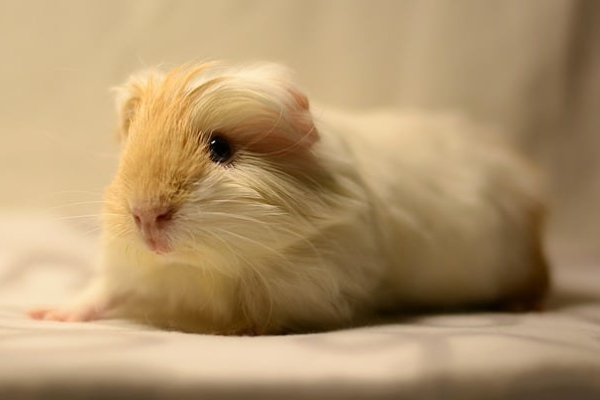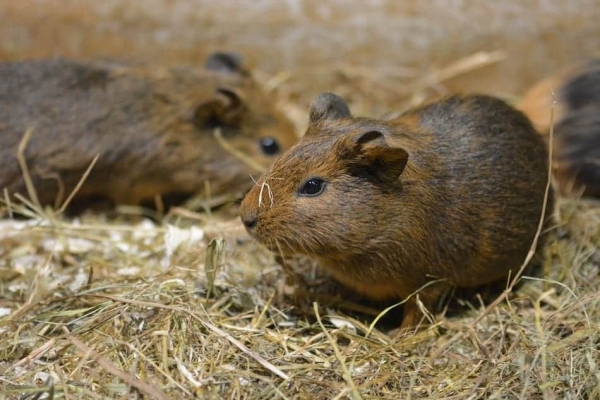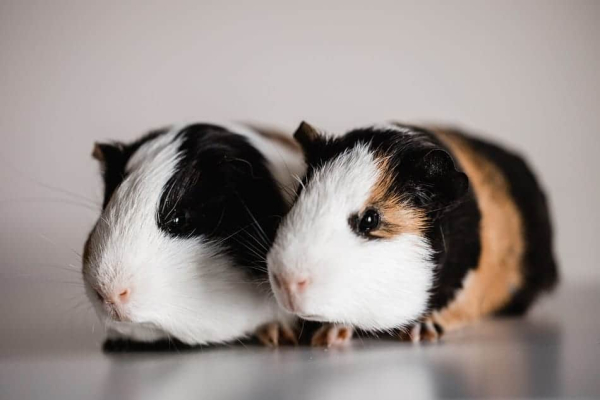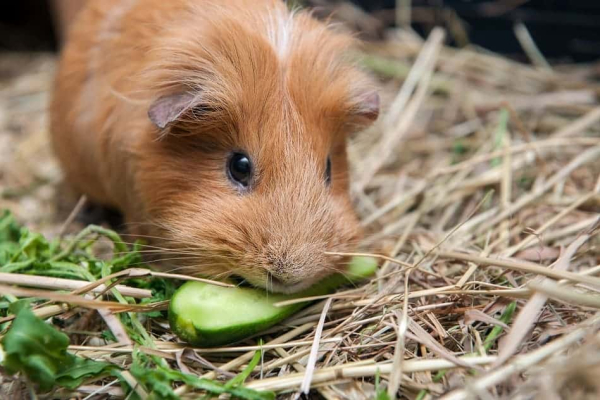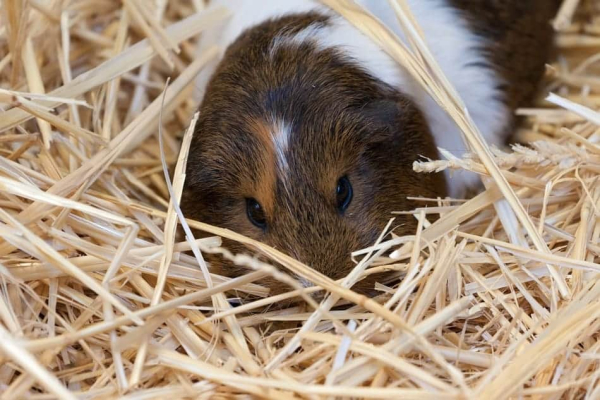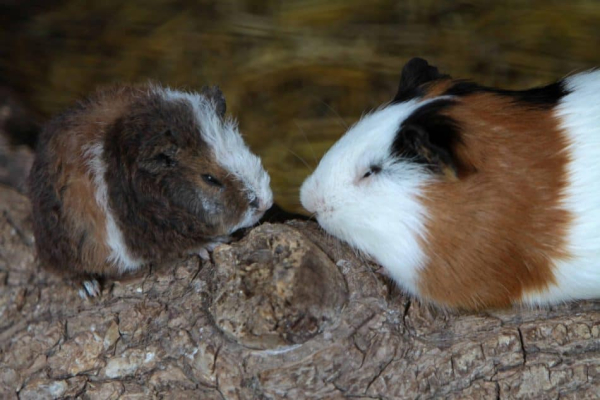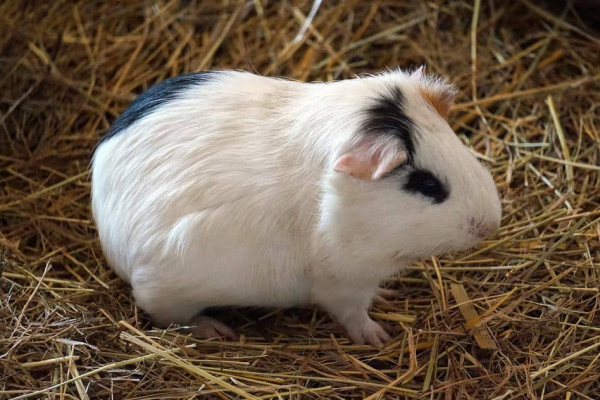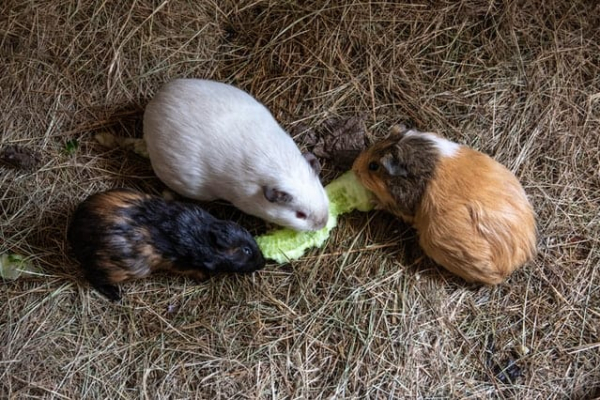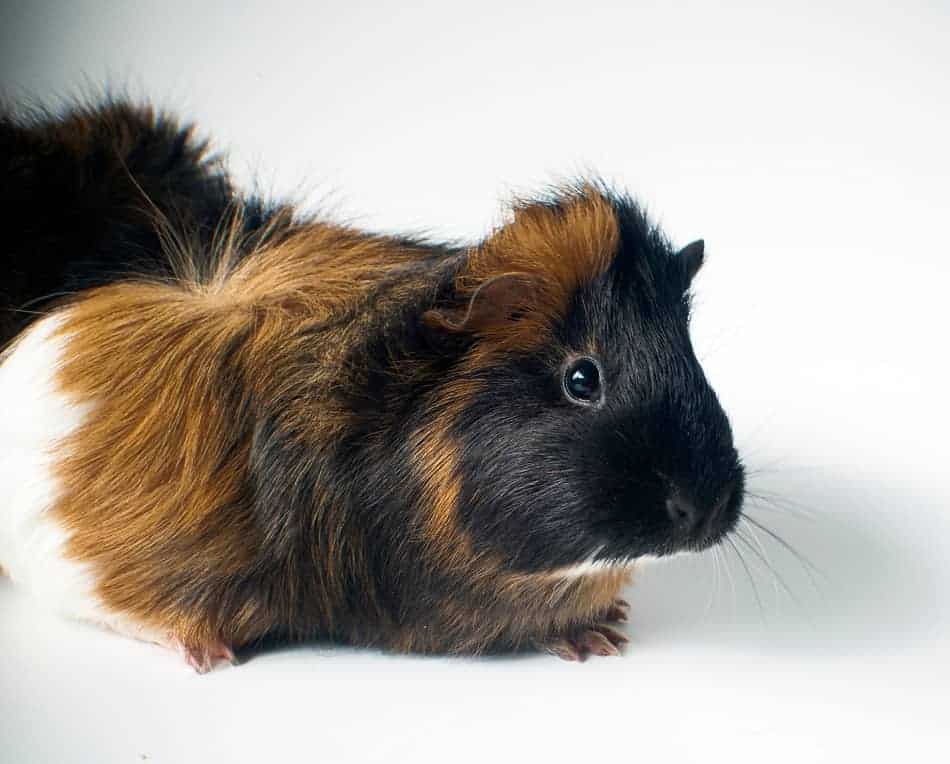
Infrared light is excellent for seeing things in the dark, but even the naked human eye cannot see it.
Considering that human vision is usually better than guinea pig vision, the answer to the question can guinea pigs see infrared light is no they cannot. Guinea pigs are mammals, so they may be able to feel infrared heat, but they cannot see infrared light.
This is shown in some of the studies that were done where they were exposed to infrared light.
Even though guinea pigs can’t see infrared light, it has the potential of causing them harm if they’re exposed to a higher intensity of it for an extended period.
So it should not be used in the same rooms as guinea pigs if you’re going to leave it on for a long time.
Guinea pigs are usually preyed upon, and as such, they have potent senses. Since their size doesn’t allow them to fight back, they mostly will run anytime they feel like they’re in danger.
This can only happen with sharp senses that will enable them to detect danger and take off before that danger gets closer. The strong senses also make up for the poor vision in guinea pigs.
While they have a wide range of view, their ability to see is feeble. This doesn’t affect their movement, especially at night, but it brings to question their ability to see a color or to sense other infiltrating lights that are invisible to the naked eye.
Why Can’t Guinea Pigs See Infrared Light?
Warm-blooded animals usually produce their own body heat, and that’s why they are capable of staying warm even when the weather changes and gets colder.
Most of the animals rely on fur to keep warm, and they also adapt appropriately when it gets too hot.
The ability to regulate body temperature is a crucial part of the animal’s survival. Still, it is also the main reason why such animals are unable to see some types of light.
Infrared light is used to see heat in a room, and humans can’t see it with the naked eye.
The same applies to guinea pigs. As such, the answer to the question of why can’t guinea pigs see infrared light lies in their body functionality.
Warm-blooded animals can’t see infrared, so most of the animals that can see infrared light are cold-blooded. Some examples include:
- Frogs.
- Snakes.
- Fish.
Even certain insects like mosquitos and some beetles can see infrared, but guinea pigs are warm-blooded animals so they cannot.
They are usually capable of keeping themselves warm unless they are sedated. This ability of the body to generate its own heat would make it hard to see infrared light even if they could see it.
The fact that guinea pigs also have a poor vision in general also contributes to why they can’t see infrared light.
They are usually able to sense and remember their surrounding, but they cannot see distant objects.
Infrared being an invisible light is also another contributing factor. Its functionality is based more on temperature than visibility.
Does Infrared Light Hurt Guinea Pigs Eyes?
Several studies have been done to determine whether different types of light, including infrared, can hurt guinea pig’s eyes.
Guinea pigs are sensitive to light, especially the visible ones. Since infrared is an invisible type of light, the damage they can cause guinea pigs depends on the intensity of the light.
This was proven in this experiment: “The Effect of Spectral Property and Intensity of Light on Natural Refractive Development and Compensation to Negative Lenses in Guinea Pigs.”
It was also proven in this experiment: “Myopia Induced by Flickering Light In Guinea Pigs: A Detailed Assessment On Susceptibility of Different Frequencies.”
In both cases, low-intensity light has less effect on the guinea pigs than high-intensity light.
Since infrared light can be used in different frequencies, having very low light may not affect the guinea pig’s eyes, but if you increase the rate, the effect will be significant.
Even so, it is better to avoid exposing your guinea pigs to infrared light for extended periods of time for their safety.
Even in the study where guinea pigs were exposed to infrared light, it was done under keen observation with precise measures being taken so as not to injure the guinea pig.
What Kinds Of Light Can Guinea Pigs See?
Guinea pigs have the ability to see all sorts of visible lights. This is why it’s not recommended to keep their cage too lit up at night. Whenever they see a bright light, they become confused and start thinking it’s a day.
Even though they can sleep almost anywhere once comfortable, it’s better to keep their cages dark at night to allow them to calm down and get some sleep, you can even cover their cage if it’s not dim enough.
Unlike other rodents, they are also able to see different types of colors. This means they can see LED lights as well. They tend to see green colors most clearly, but they have been shown to see other colors such as red as well.
The color vision of guinea pigs has even been said to be better than that of cats and dogs.
Despite having some of the best color vision in animals, guinea pigs aren’t very affected by dim lights.
This is why you may keep a low light in their room, and they’ll still manage to sleep.
Some of them may still try to find a less lit up section of the cage to curl up in, but others also sleep in the open, especially after they get used to the surroundings and feel safe.
Conclusion
Guinea pigs make great pets because of their size, nature, and decently low maintenance. They make great pets for adults as well as children. Guinea pigs are also very delicate animals.
It means that you have to be careful about the surrounding that you put them in.
You have to do some research to find information about what could be dangerous to your guinea pigs and how they react to some things, especially if those things are readily available at home.
Items that use infrared are becoming more common in homes. The use of infrared light varies greatly, but most of the time, it isn’t dangerous.
Still, it would be best if you were sure about the reaction of your guinea pigs when exposed to infrared light to avoid any health concerns that can develop.
In most cases it’s fine but just be sure to not expose them to infrared light for long periods of time.

